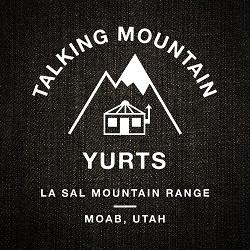Forecast for the Salt Lake Area Mountains

Issued by Greg Gagne on
Friday morning, January 24, 2025
Friday morning, January 24, 2025
Areas of a MODERATE avalanche danger exist on all aspects at the upper elevations and on mid-elevation aspects facing northwest through north and east where it is possible to trigger a hard slab avalanche of wind-drifted snow 1-2 feet deep. On northerly and east-facing slopes at the mid and upper elevations, it is possible to trigger an avalanche that fails 2-4 feet deep in a persistent weak layer.

Low
Moderate
Considerable
High
Extreme
Learn how to read the forecast here
 Special Announcements
Special Announcements
Urgent battery replacement required for anyone who received batteries from one of our participating "Batteries for Beacons" shops. Please review the "Batteries for Beacons" replacement notice on our blog. Batteries distributed through our "Batteries for Beacons" program this year have shown to be inadequate length.
Join the UAC at Deer Valley on January 30th for the 2nd Annual Blizzard Ball Gala. Bruce Tremper, the Former Director of the Utah Avalanche Center, will deliver the keynote address.
 Weather and Snow
Weather and Snow
This Morning: Temperatures are 15-25° F and winds are from westerly directions and have increased overnight, averaging in the teens with gusts in the 20's mph between 9,500' and 10,500'. Winds are much stronger at 11,000' averaging in the 30's with gusts in the 50's mph.
Today: Mostly cloudy skies with temperatures rising into the upper 20's F. Winds will be from the west, gusting to around 30 mph through 10,500' and into the 50's mph at 11,000'. Light snow will develop this afternoon.
Overnight and Into Saturday: Snowfall is expected - but just how much is uncertain - with 5-10 inches of new snow possible by late Saturday.
Strong winds Tuesday and Wednesday affected most snow surfaces at the mid and upper elevations, but travel is relatively easy across the sastrugi and soft snow still can be found in wind-sheltered terrain.
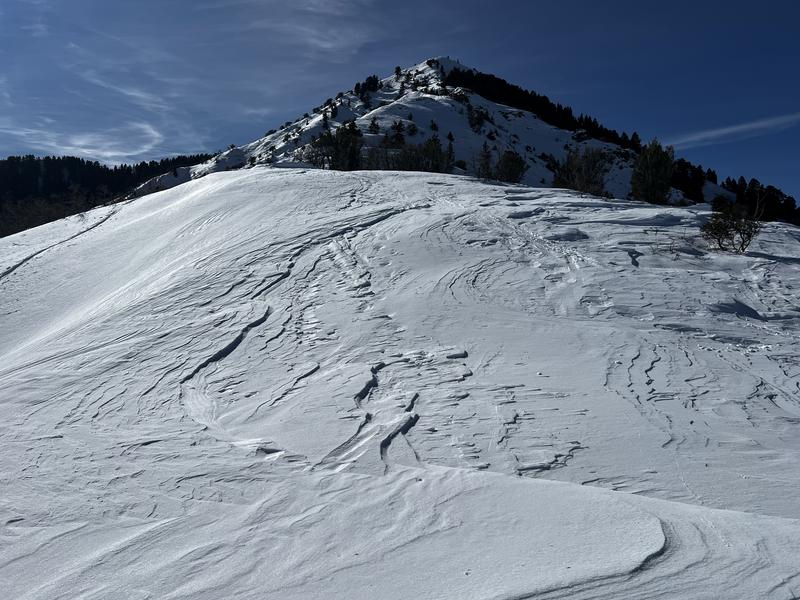
 Recent Avalanches
Recent Avalanches
A skier was caught and carried in an avalanche just east of South Monitor Bowl on Thursday. The avalanche was on a north-facing slope at 9,800' and a hard slab (likely wind-loaded) up to 2 feet deep and 200 feet wide. The skier sustained injuries, but fortunately the party was able to self-rescue. UAC staff will visit the site today and we'll provide additional details.
Be sure to read Nikki's Week in Review as a regular part of your backcountry planning.
Avalanche Problem #1
Wind Drifted Snow
Type
Location
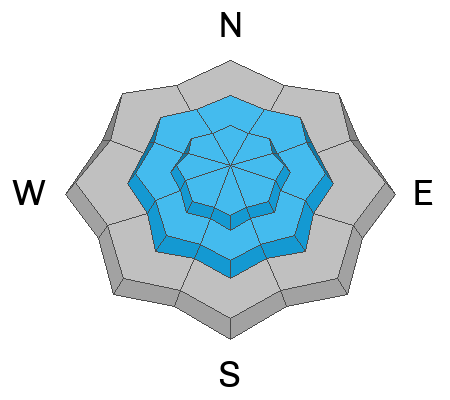
Likelihood
Size
Description
Strong winds Tuesday and Wednesday created dense, hard slabs of wind-drifted snow at the mid and upper elevations, and today's winds will create additional fresh wind drifts. These wind slabs can be found well down off of ridgelines and on all aspects, but more commonly on slopes facing north through east. These wind slabs formed on top of weak snow underneath and may continue to be sensitive today. Hard wind slabs allow you to get well out onto a slope before fracturing, often even above you.
Although we don't yet know the details of Thursday's avalanche accident on the Park City ridgeline, I'm suspecting it involved a hard slab from recent wind drifting. Watch for cracking and/or smooth, rounded pillows of snow as an indication of likely wind-loading, as shown below.
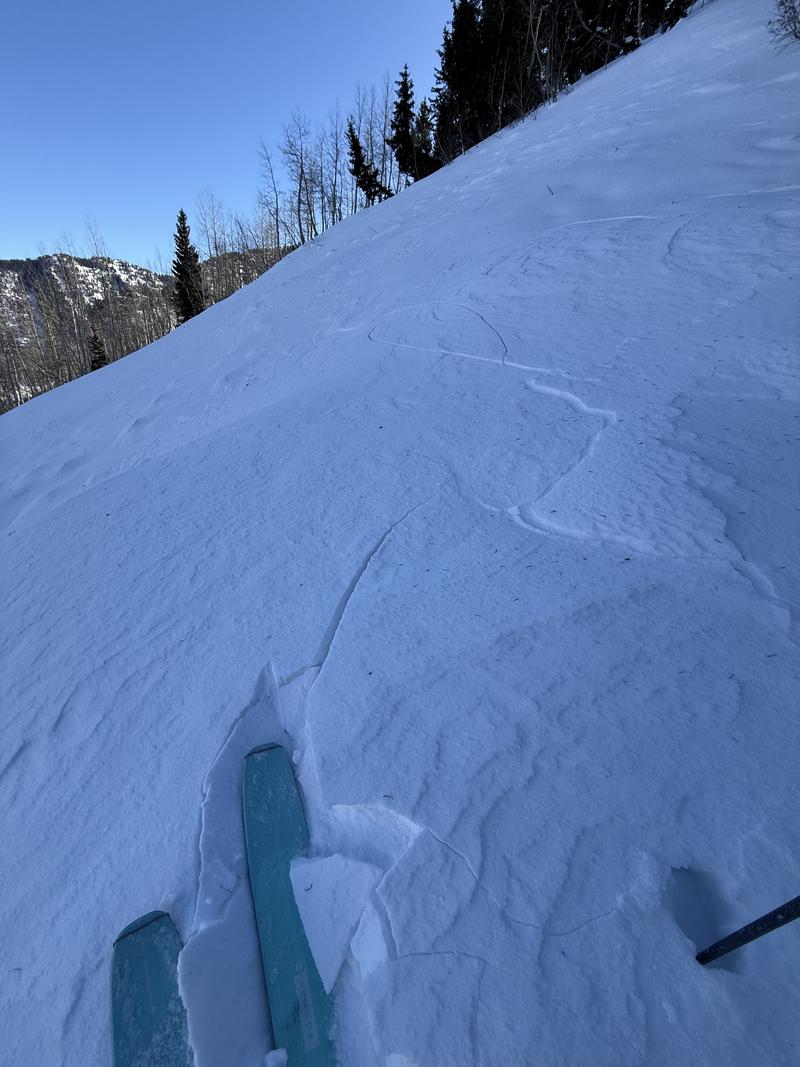
Avalanche Problem #2
Persistent Weak Layer
Type
Location
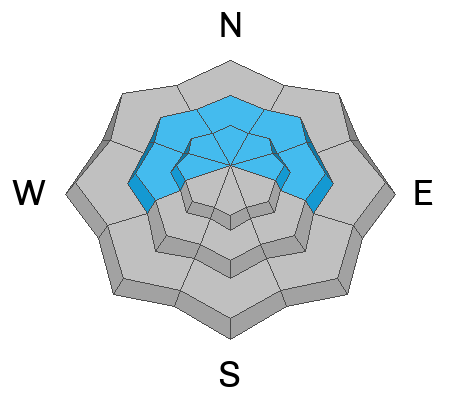
Likelihood
Size
Description
Triggering an avalanche that fails in the buried facets and depth hoar down near the ground is becoming increasingly less likely and the last known avalanche on this layer was skier-triggered in Upper Big Cottonwood on Thursday, January 16. Even as this avalanche problem moves toward dormancy, avalanches failing 2-4 feet deep remain possible in isolated areas on slopes facing west/north/east, especially in thin, rocky areas. Any avalanche involving a recent wind slab may step down to these deeper buried layers.
General Announcements
This information does not apply to developed ski areas or highways where avalanche control is normally done. This forecast is from the U.S.D.A. Forest Service, which is solely responsible for its content. This forecast describes general avalanche conditions and local variations always occur.



